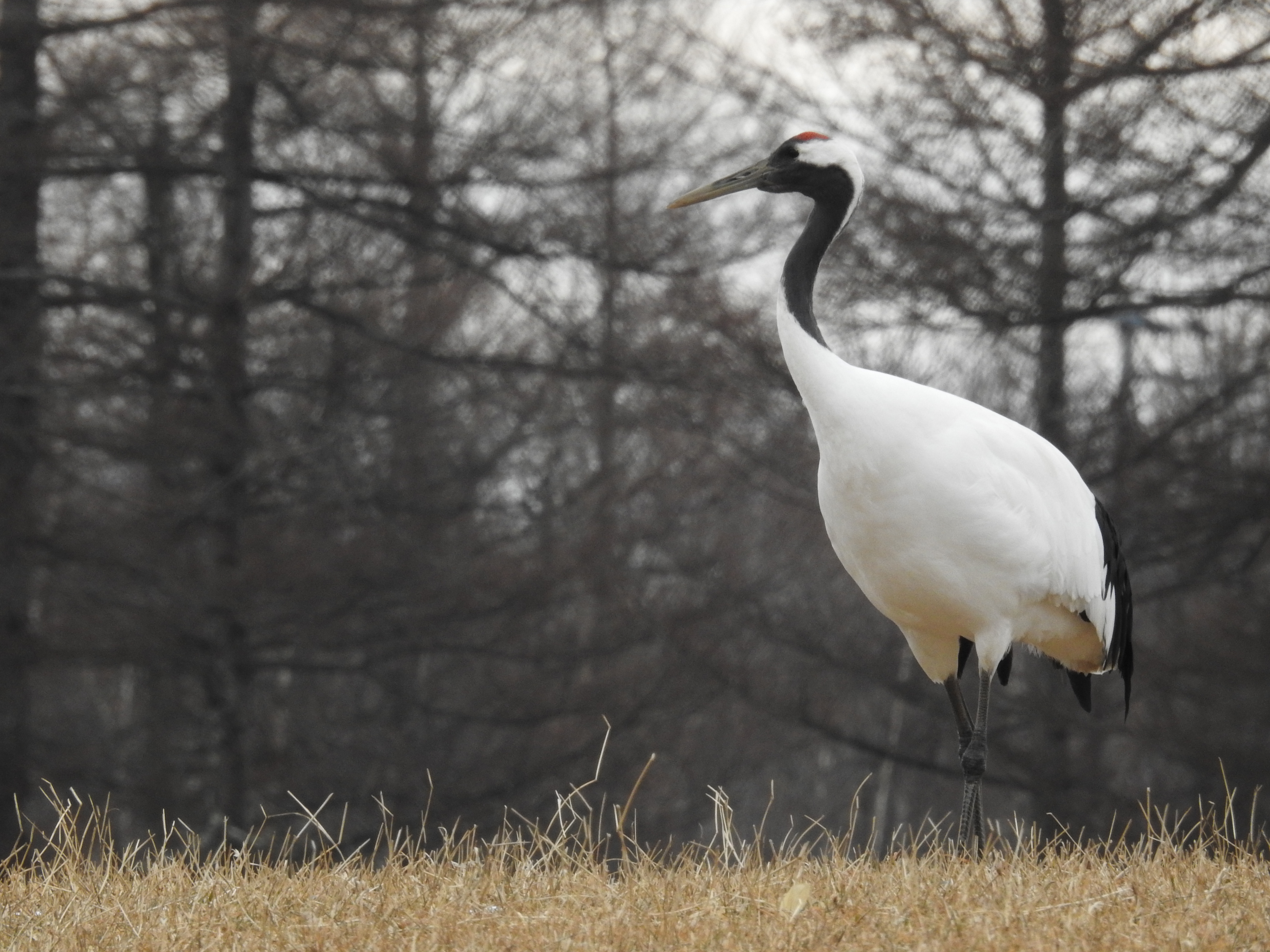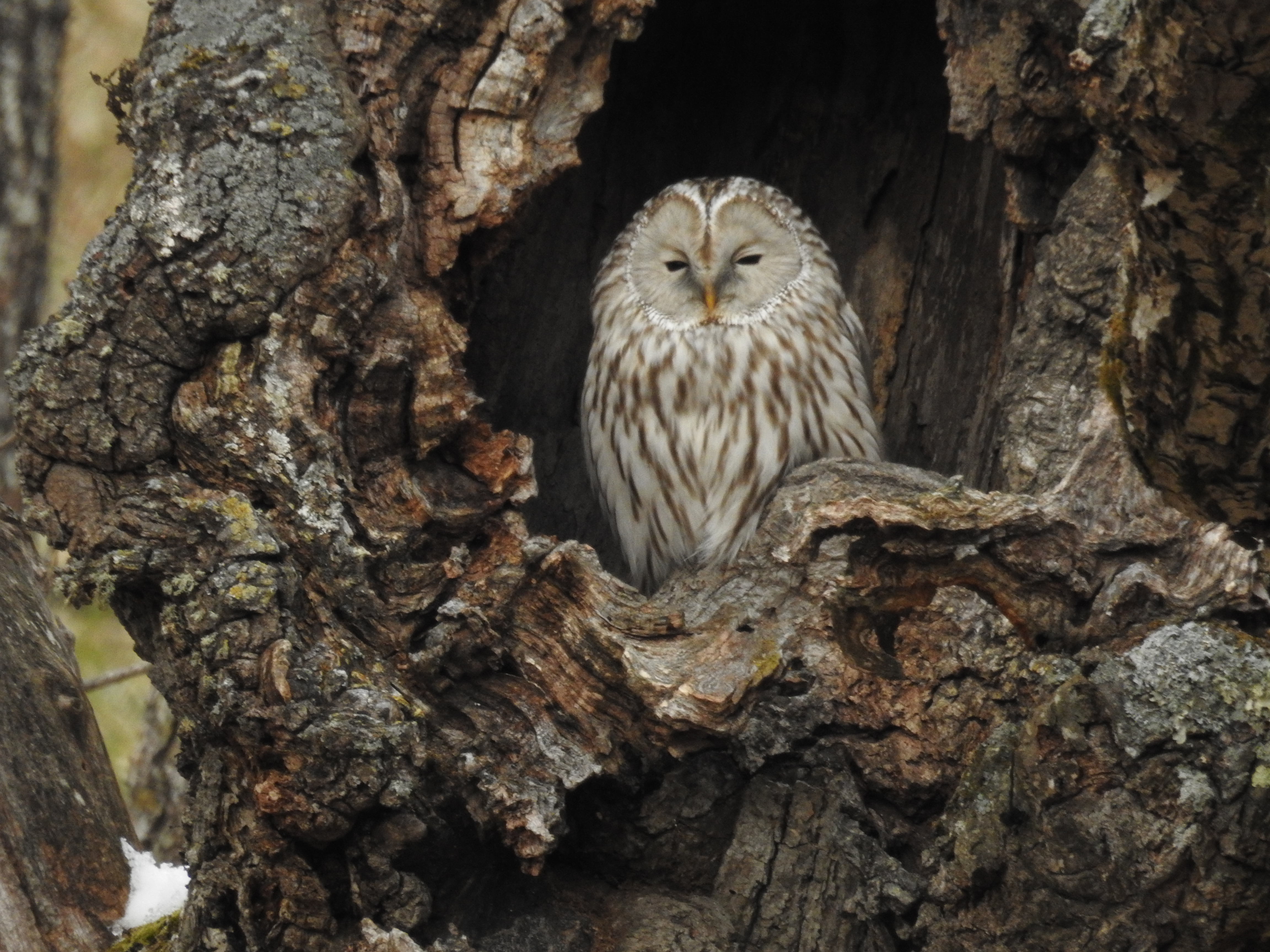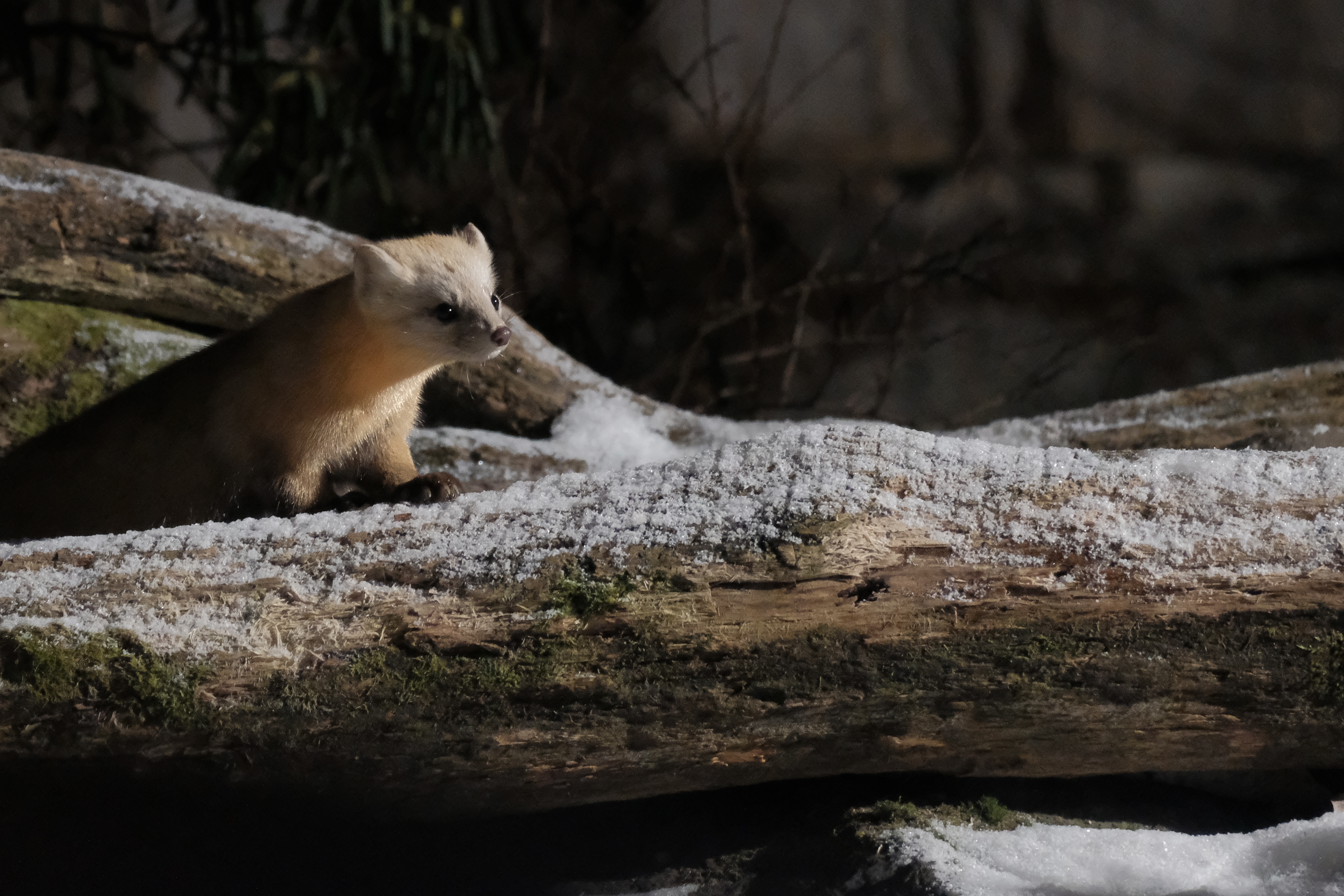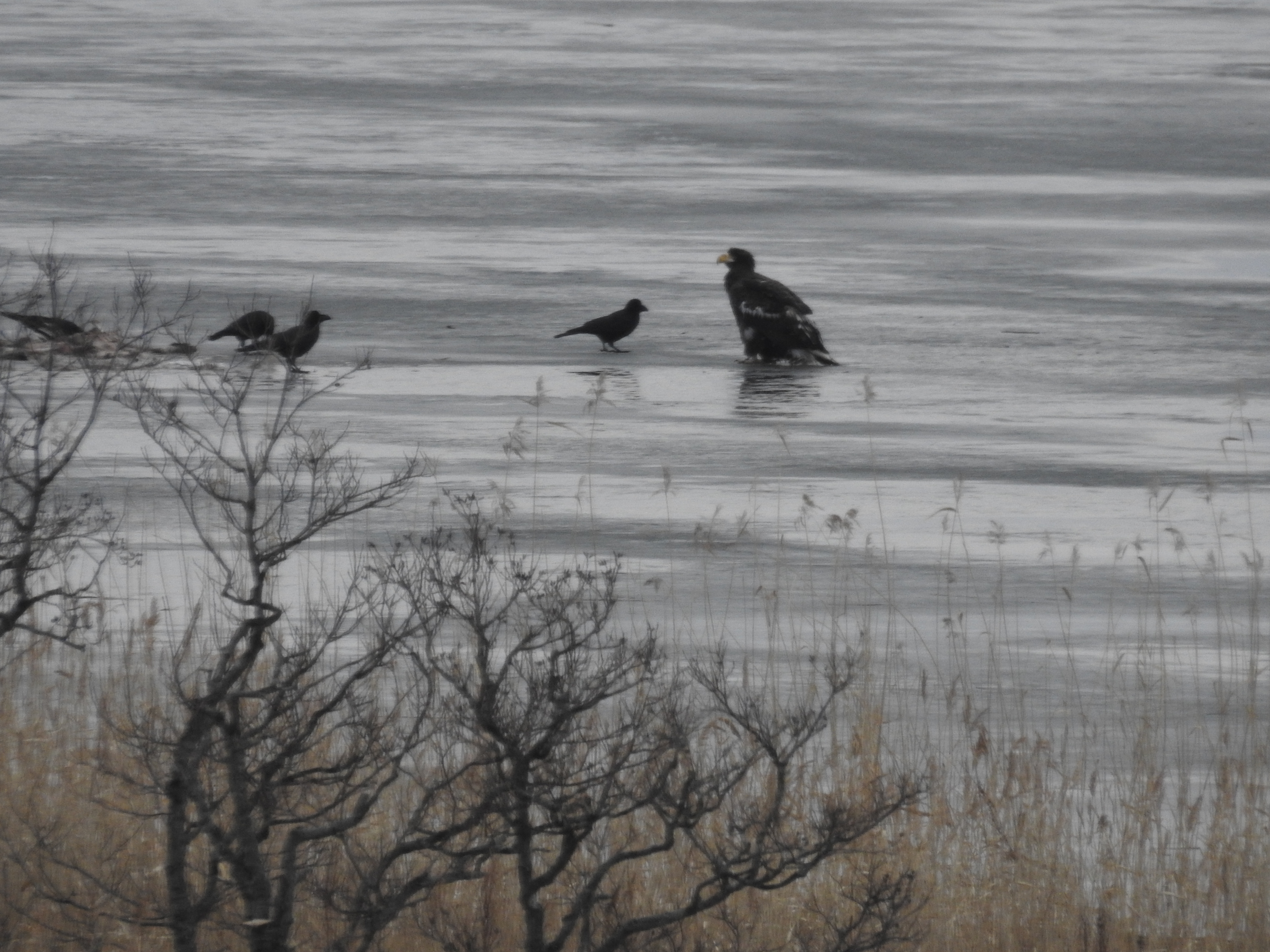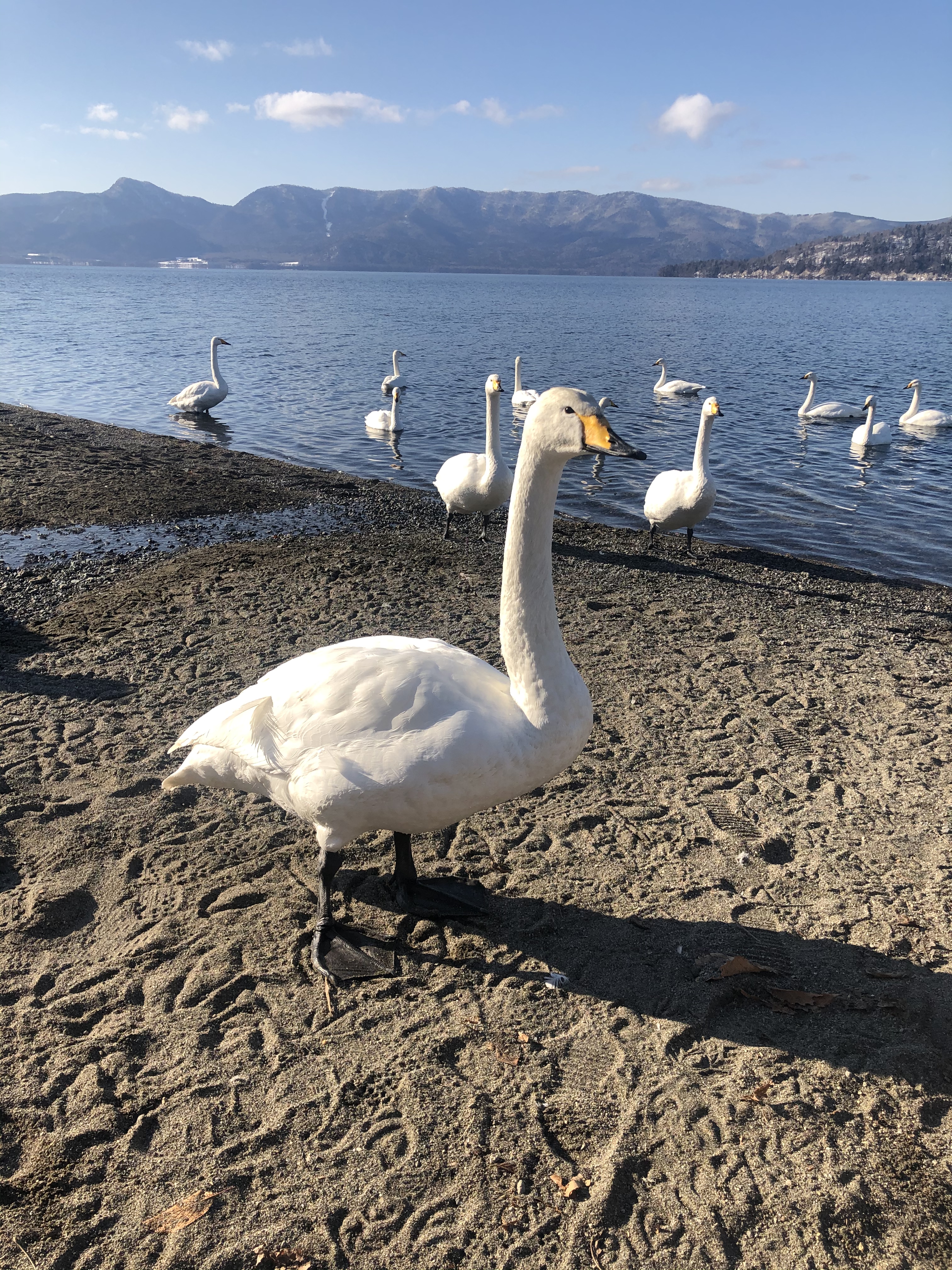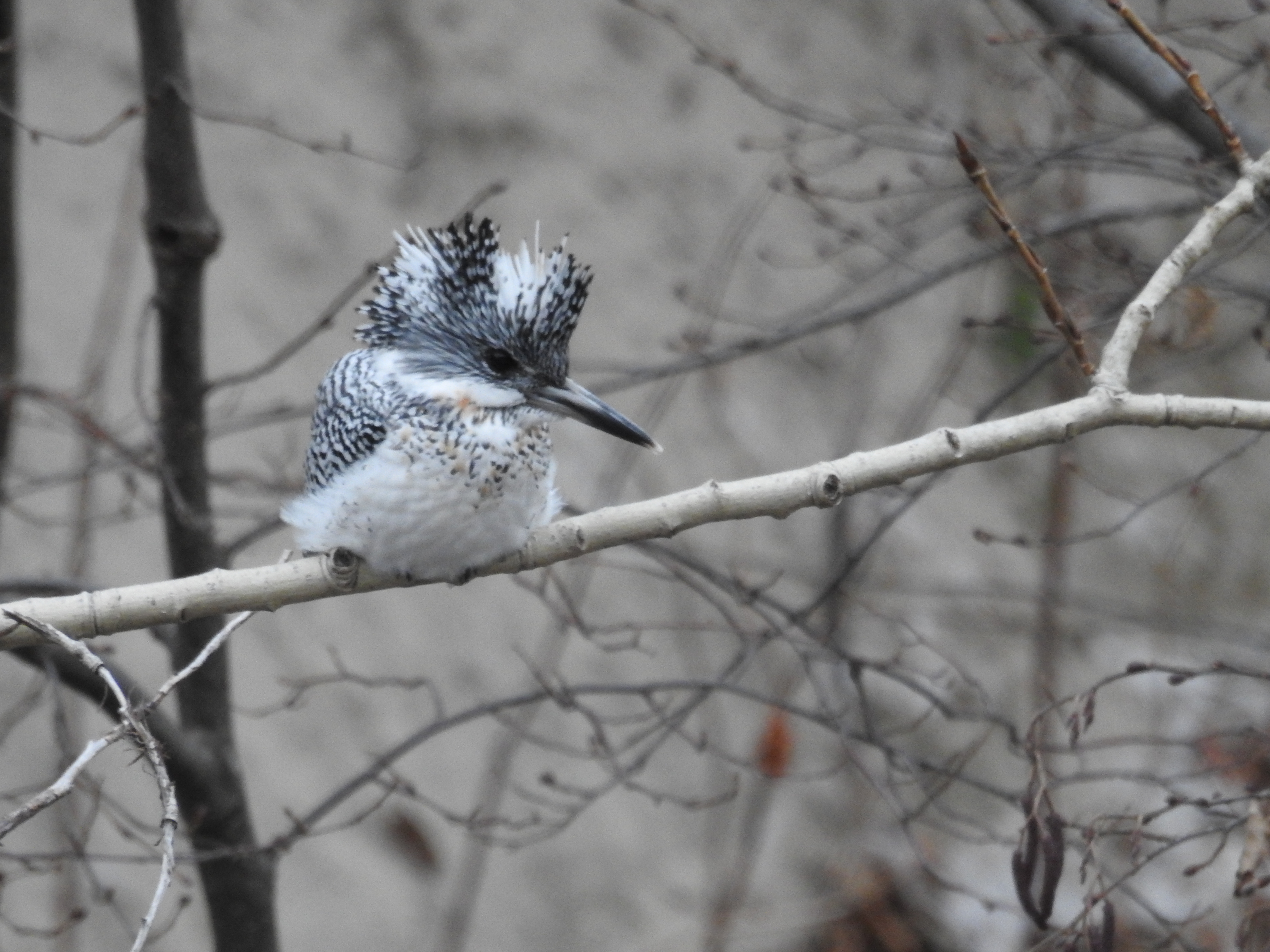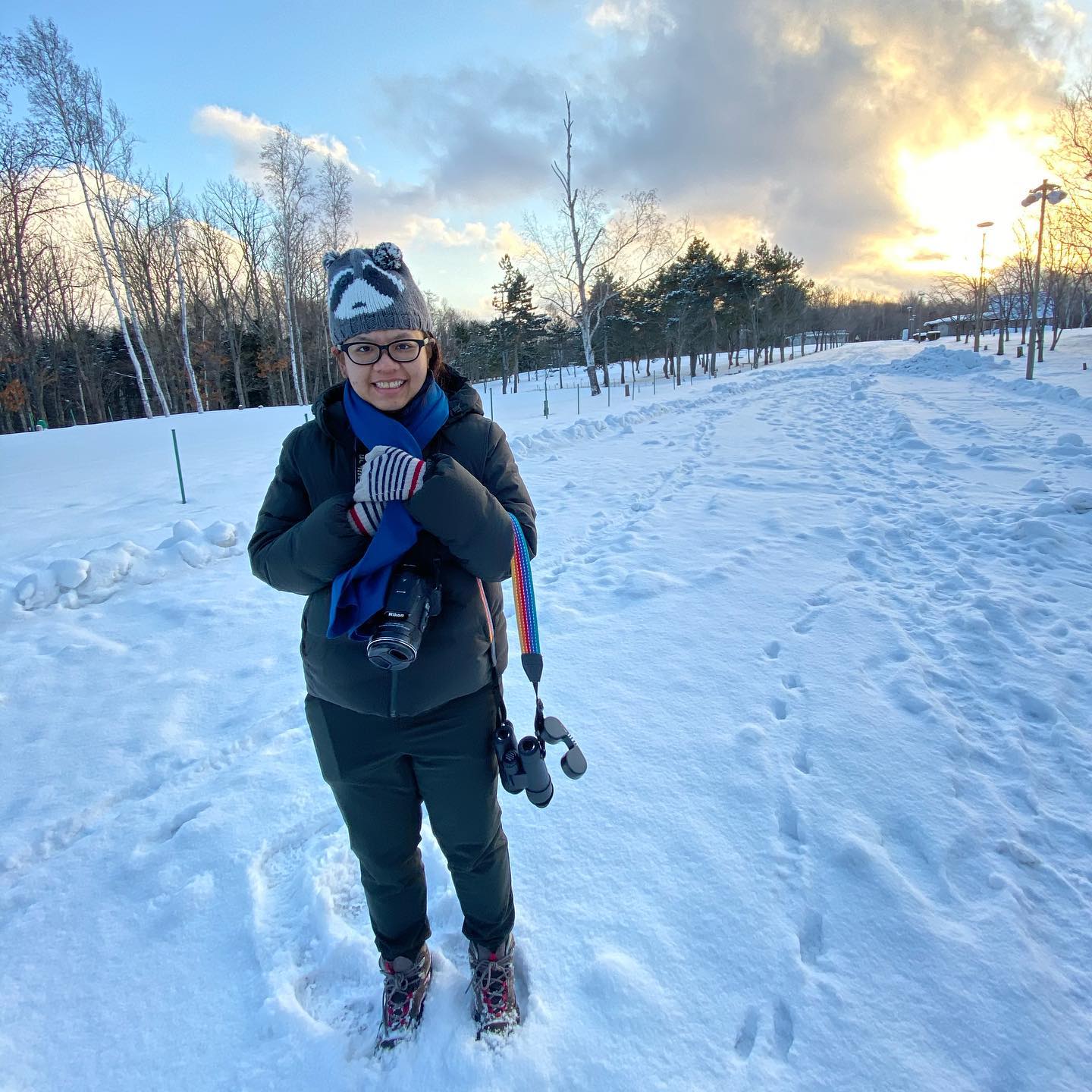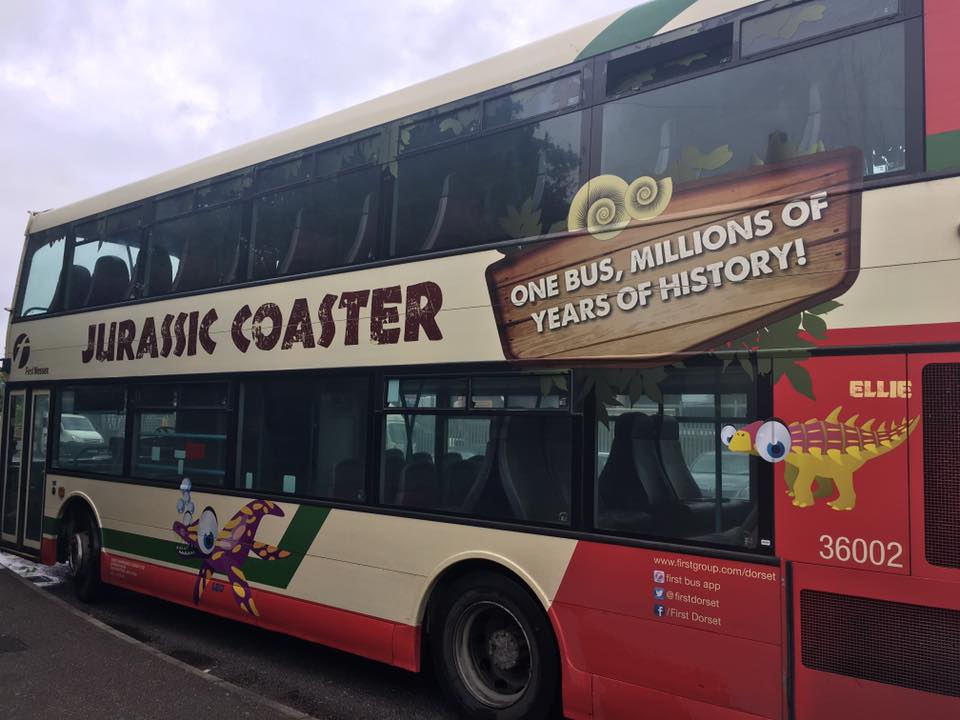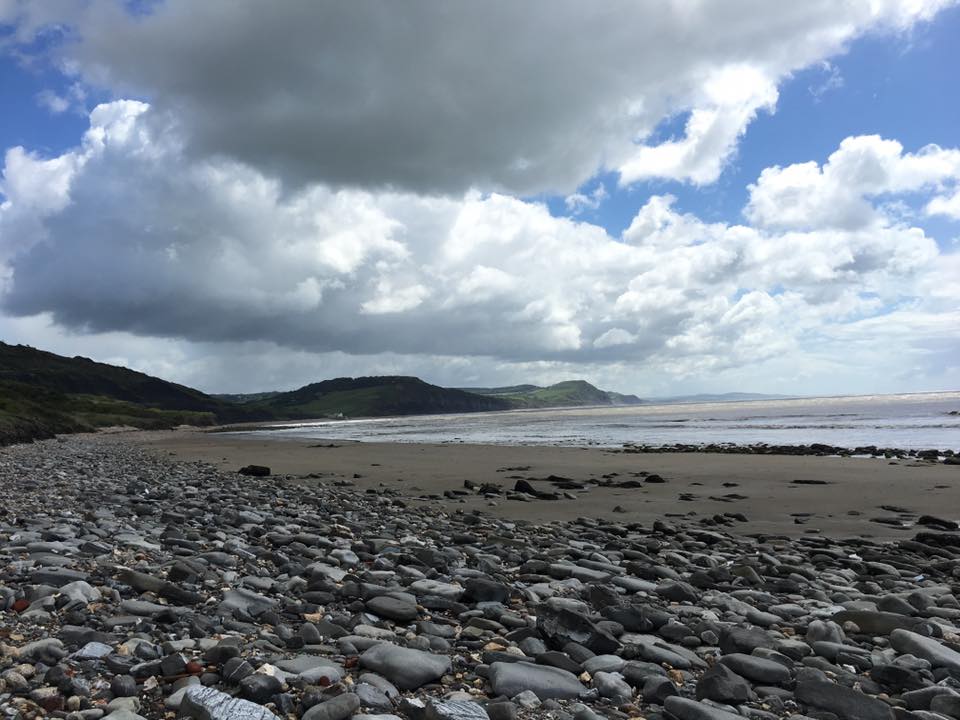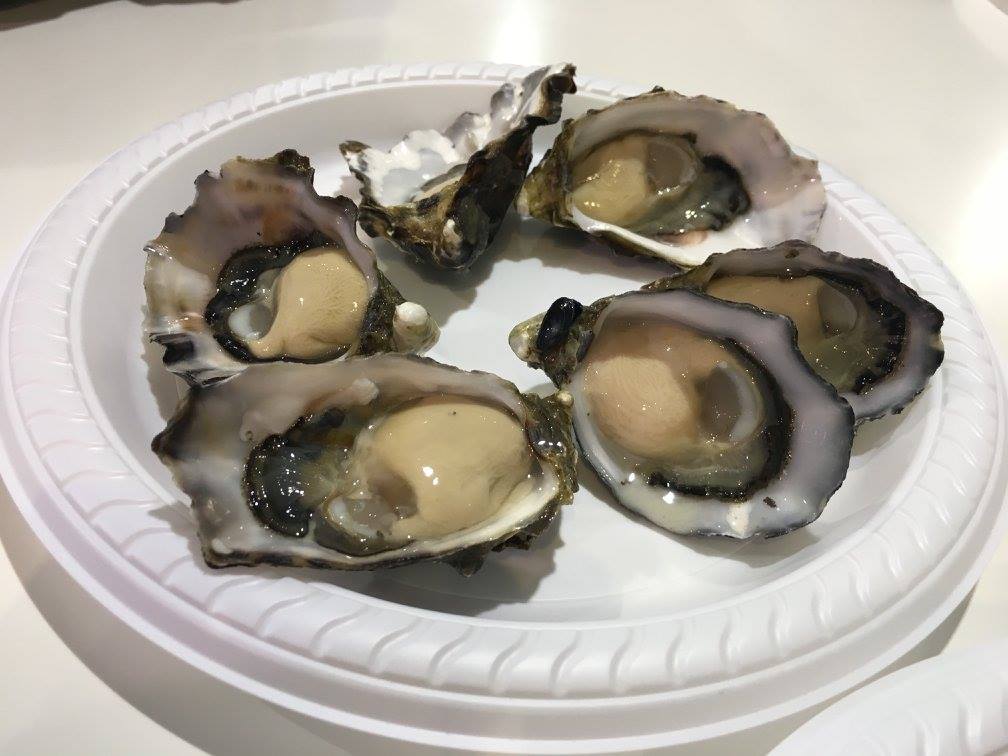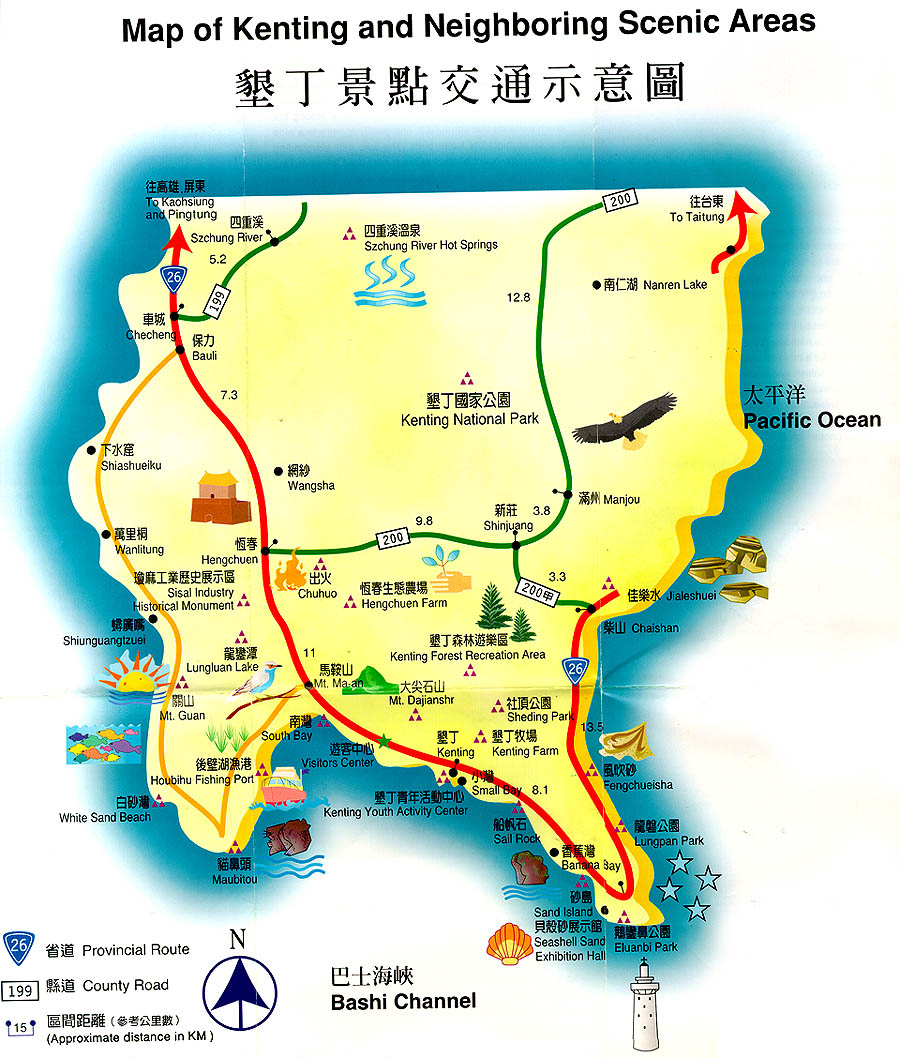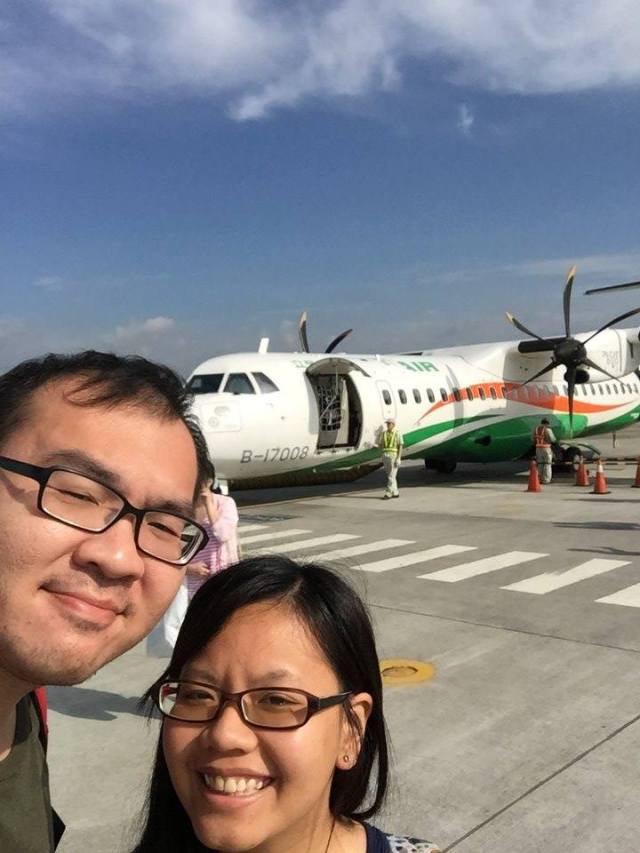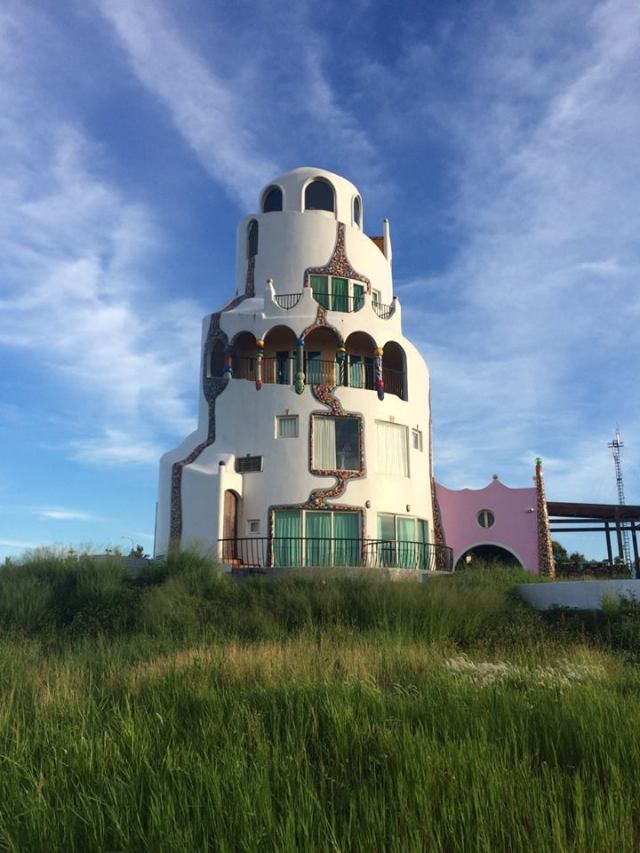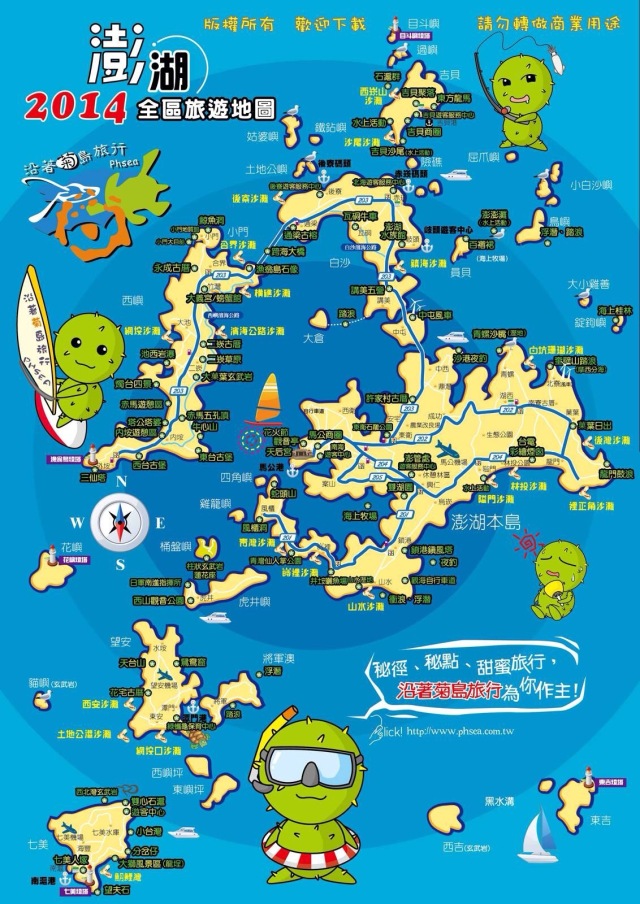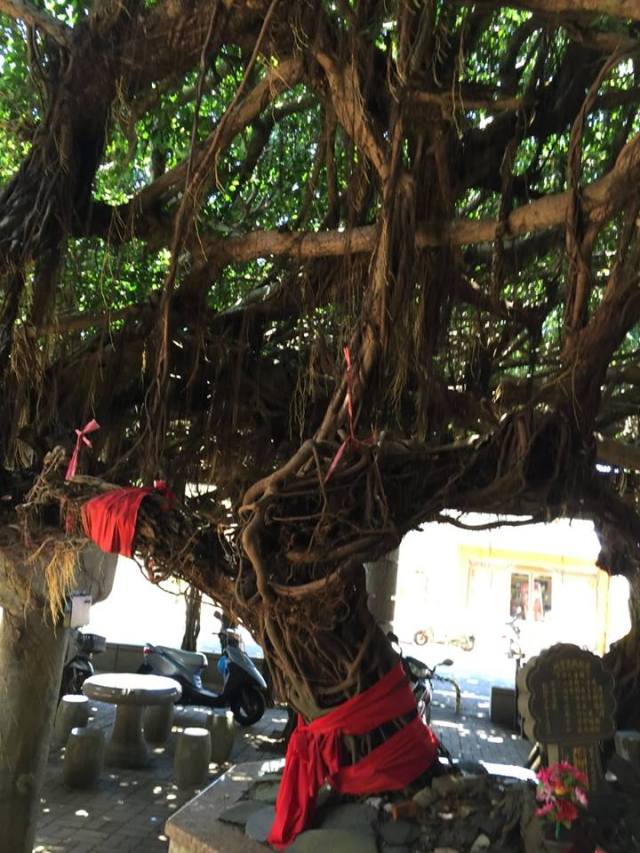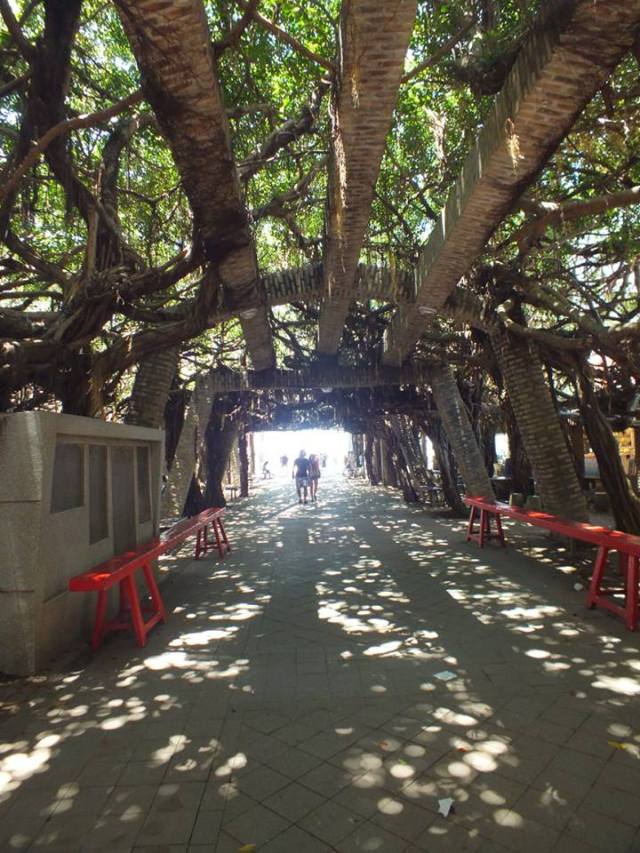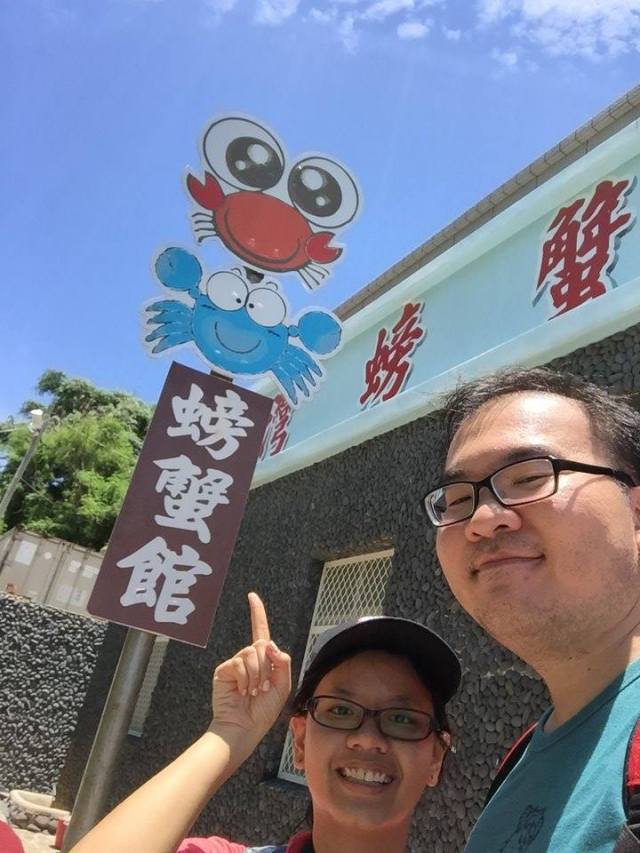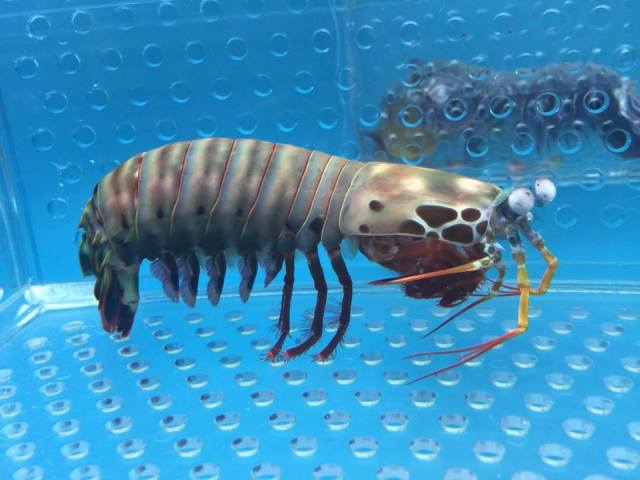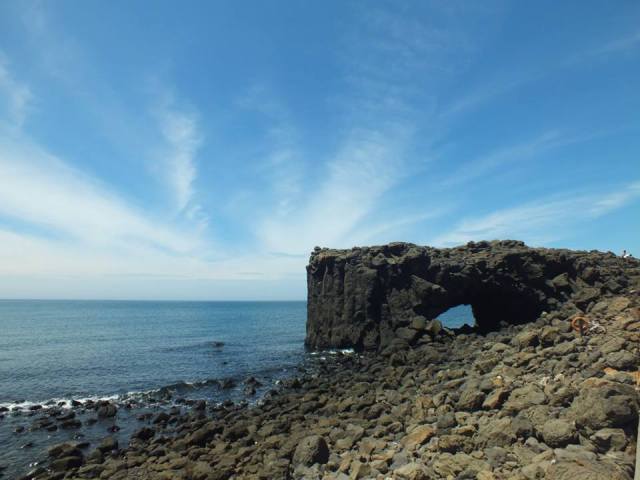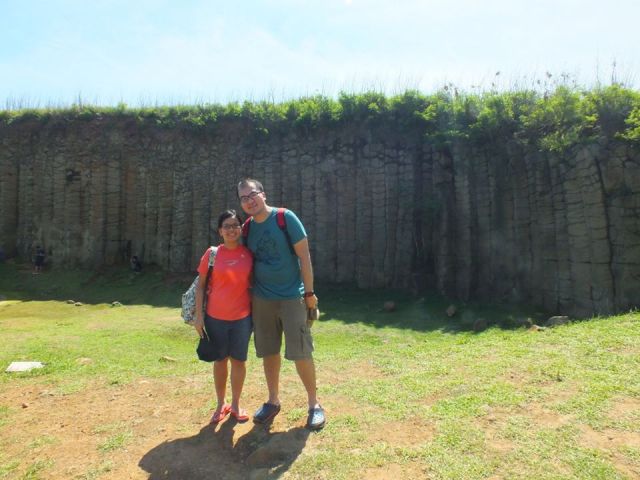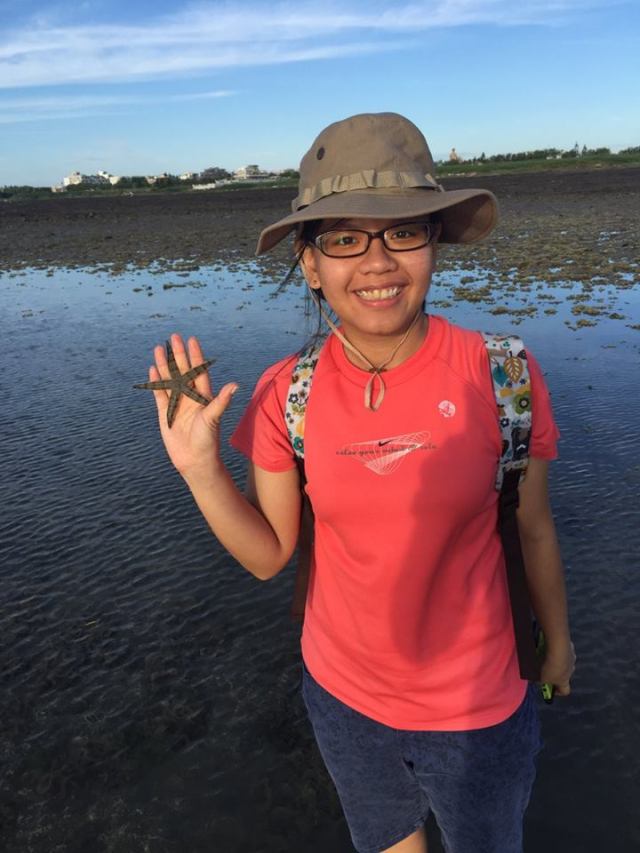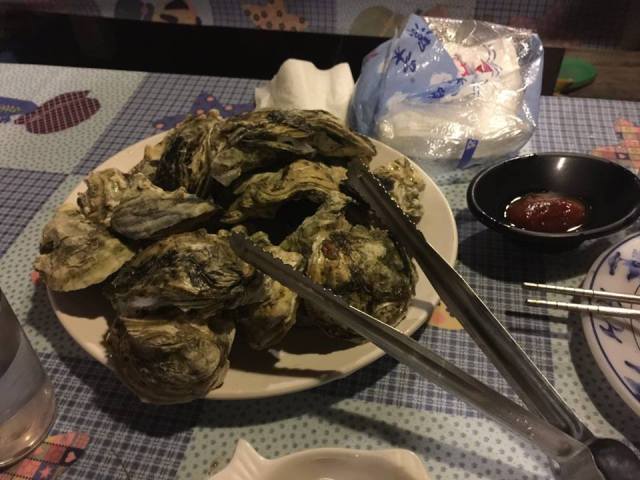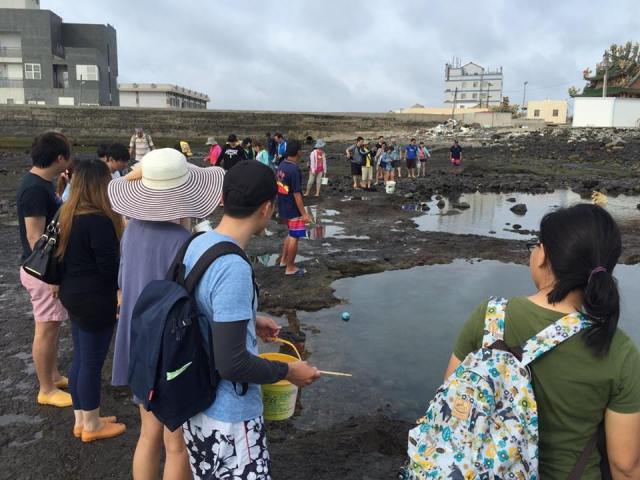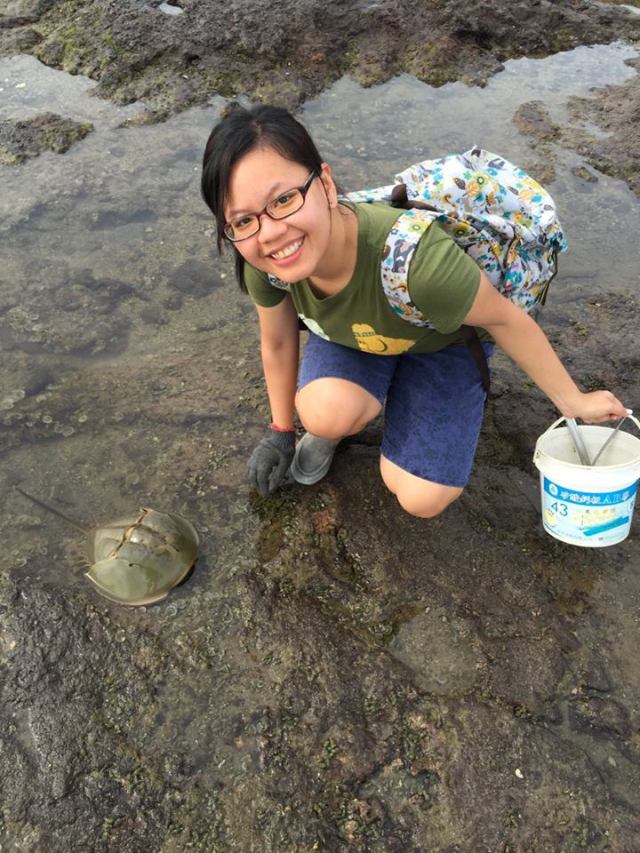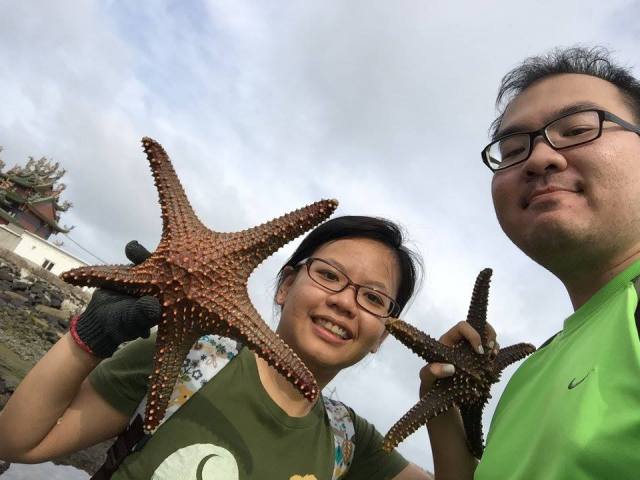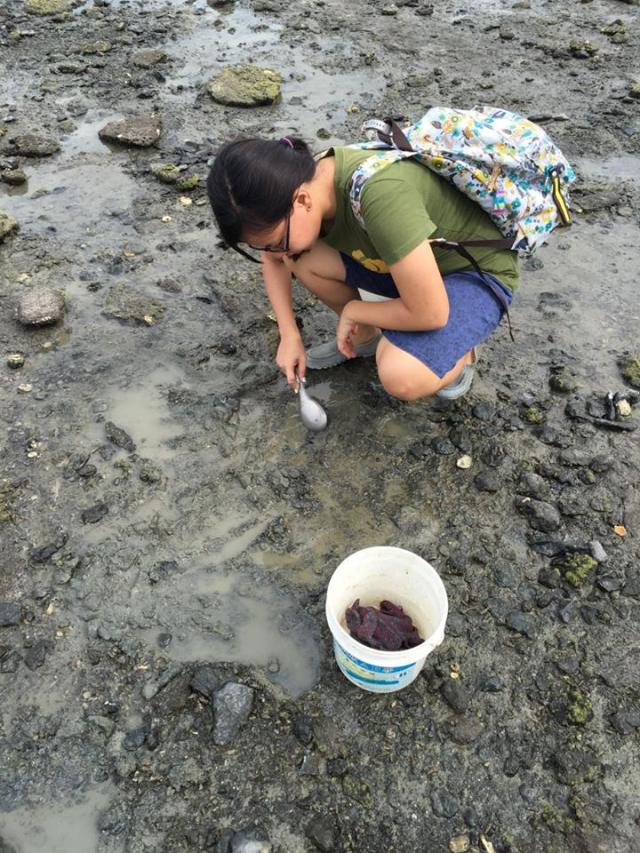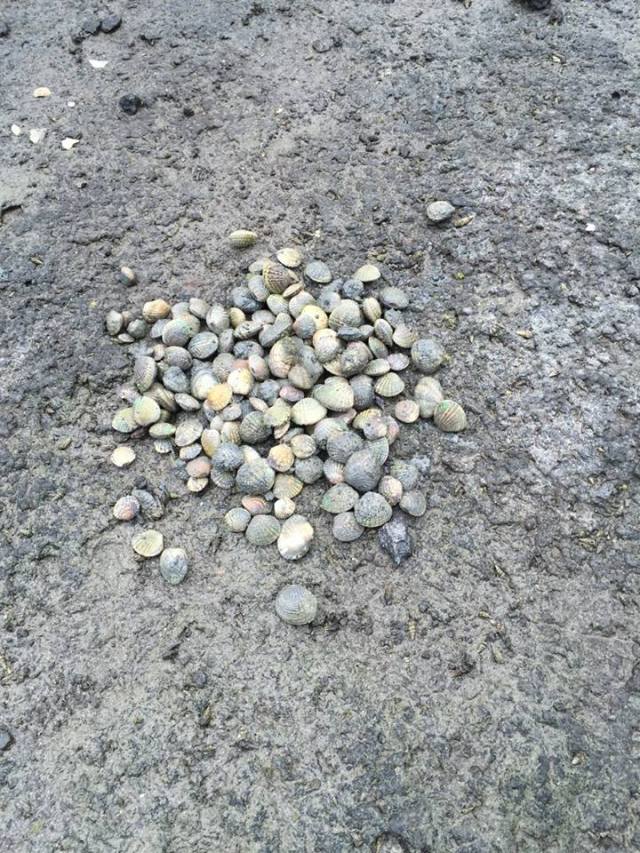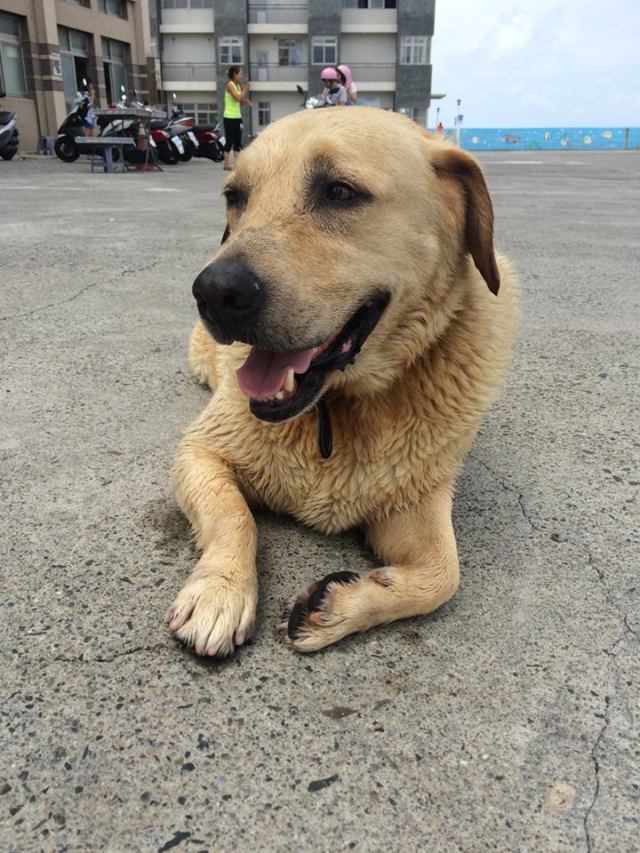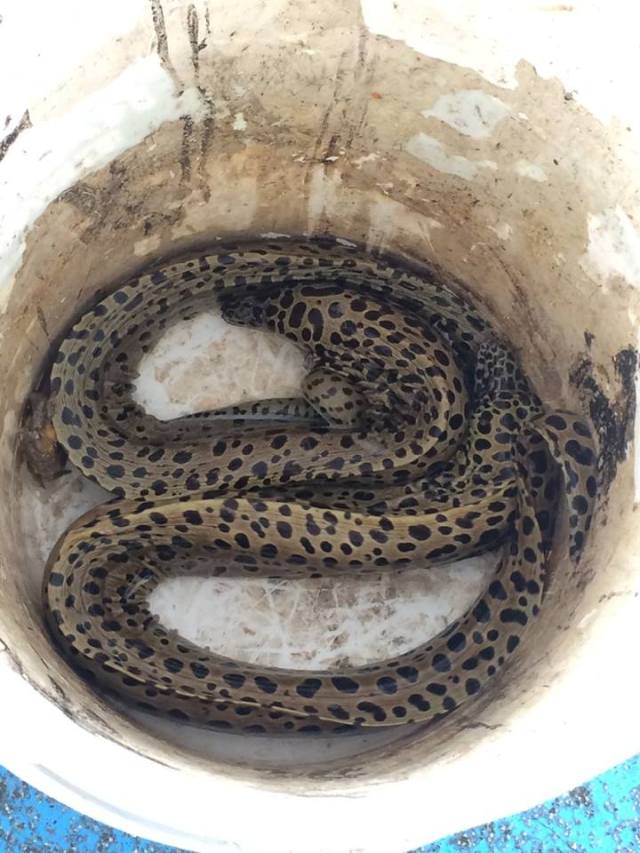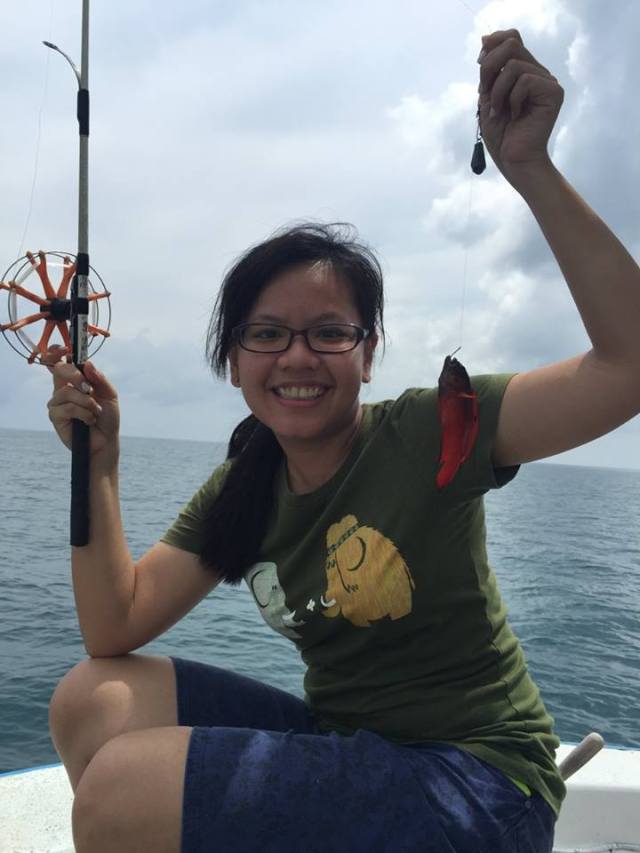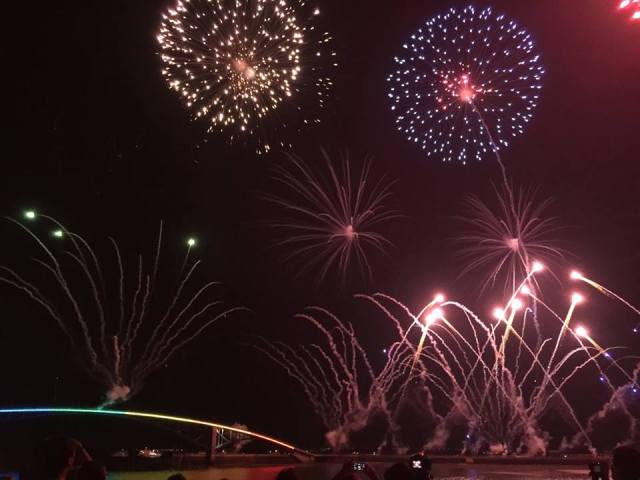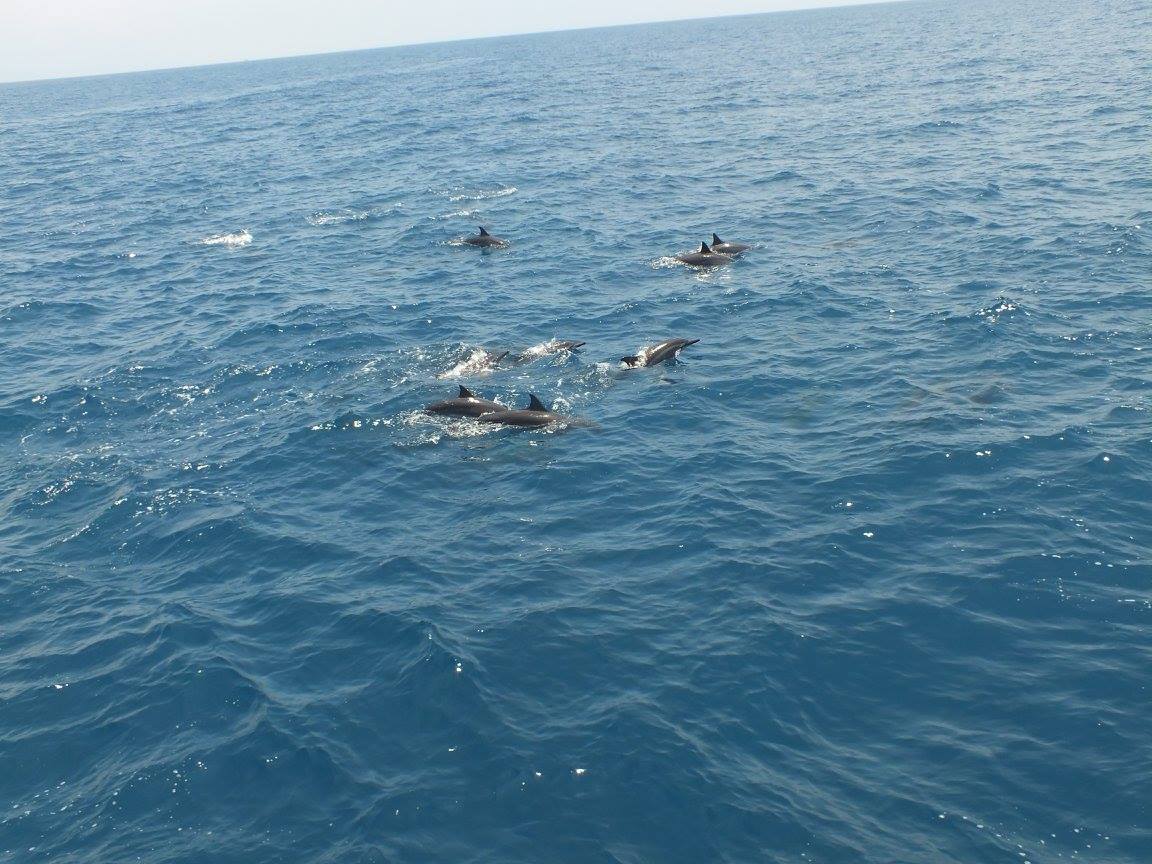I came across this Mothership article and some online discussion with some friends about the O Levels Chinese Oral examination on the 18 July 2023 where students taking the oral exams were stumped by this topic on pigeon feeding. According to the article, the students were first given a video to watch included posters telling people to not feed pigeons, clips of pigeons gathering in large numbers and pigeons feeding on leftovers in hawker centres. After which, the students were then asked the following questions –
- If you passed by these areas, how would you feel?
- The number of pigeons has been continuously increasing.
Some say that this is due to human behaviour. What are your views on this? - Punishment should not be used to address this issue. Do you agree?

My first reaction was wow! To begin with, human-wildlife conflicts are complicated and to think that such issues would appear in a national examination setting. I think this would have been tough even in an English oral examinations, but it was made a notch more difficult as students have to use Chinese to express their opinions in a coherent manner. This makes me wonder what responses were given by the students.
After reading the comments, I soon realised that some of the complaints stemmed from students not knowing what pigeon was called in Chinese (it’s 鸽子 by the way!). Because of that, they did not understand the question and some had difficulty with certain phrases such as “pigeon poop” and so were unable to provide adequate responses. It was quite a shock that people might not know the names of these common birds in Chinese. It does not need to be animals, what about vehicles or professions? It can be difficult for a child to learn his/her mother tongue in a predominantly English speaking environment, so I am making a mental note to ensure that I introduce common daily items terms to my kids early and not cramp it later on for academic/examination purposes. That way, they will be comfortable enough to converse or just to try talking about things in mandarin.
On another note, I am also not sure if people realise that we have quite a number of urban-adapted species of birds and they are not just different types of 鸟, ok? Check out the lovely poster by Loy Xingwen, Loh Ming Jie and Jeremy Yeo. Even for pigeons, there are two species, the rock or common pigeon (the one that was mentioned in the examination) and the pink-necked green pigeon, which are tougher to spot as they often hidden among trees. Luckily for birds, there are many resources out there and one great place is the Singapore Birds Project (https://singaporebirds.com/), search the Singapore Bird List and you can find detailed species information for these common and if you are interested, there are also many more avian species to discover in Singapore.

This incident is a great reminder of how important it is to seize every opportunity to practise speaking our mother tongue. It does not have to be school work, it can be anything and just small day to day things or whatever that your child is interested in. It is not enough to only rely on the national curriculum or teachers to speak Chinese to our kids. As parents, we need to also take time to engage your child or have conversations with them about what they see, so that it gives them a chance to be comfortable to converse in their mother tongue and not to just “perform” during examination time then return to teachers after.

